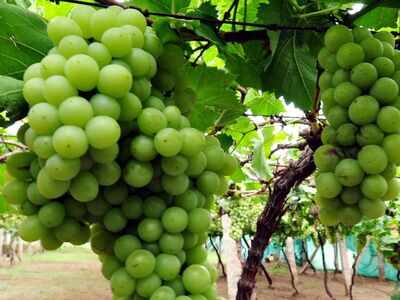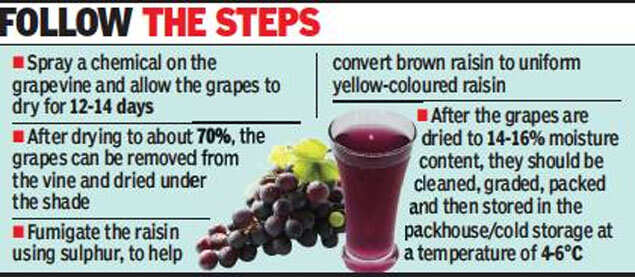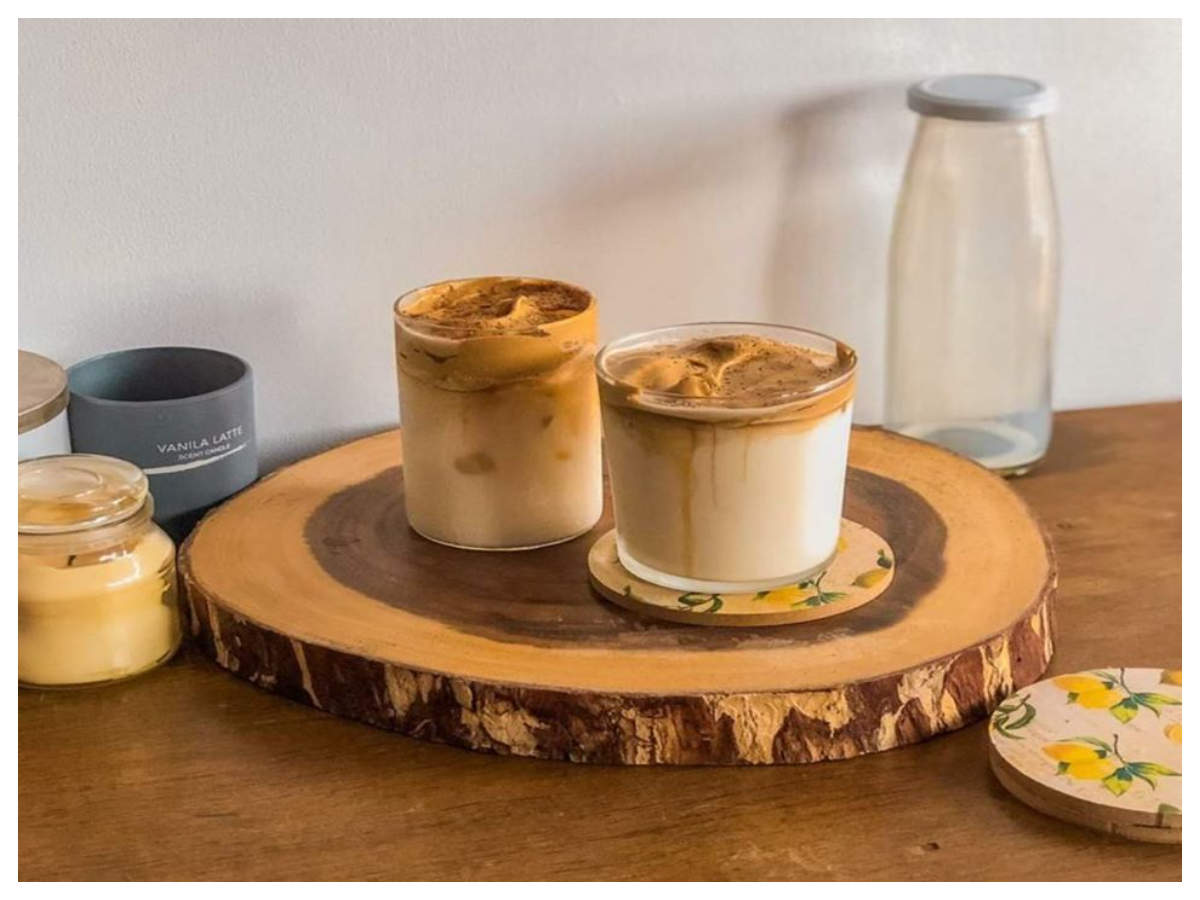
PUNE: The ICAR-National Research Centre for Grapes (NRC-Grapes) Pune, under the Indian Council of Agricultural Research, New Delhi, has advised grape farmers who were unable to harvest or sell their produce due to Covid-19 pandemic to convert ‘table grapes’ to ‘raisins’ by drying the berries on the vine.
Around 90,000 acres to 1 lakh acres of area growing grapes in Maharashtra are yet to be harvested at a time when there is no manpower. This means that around 10-12 lakh metric tonnes of grapes are still on the vine, awaiting harvest, R G Somkuwar, director, NRC Grapes, Pune, told TOI on Thursday.

“Grape farmers have been hit very hard in this fruit-pruning season, initially due to prolonged and continuous rain on account of back to back cyclones during October-November, 2019, and later, the turmoil caused due to Covid-19. Lack of export and no takers in the domestic market have posed a double whammy for grape growers. Majority of grapes are grown for table purposes, and now, farmers do not know what to do with the produce,” he said.
Somkuwar said that raisins could be made from harvested grapes. Whether the grapes are on the vine or harvested they have to be dried to convert them into raisins. “We have been telling the farmers to convert the unused grapes into raisins. Accordingly, articles in local languages were published in newspapers and the information is being forwarded through social media. To convert grapes into raisins, farmers have to spray a chemical on the grapevine and allow the grapes to dry. The process of drying takes about 12 to 14 days. So, farmers can let the grapes on the vines to dry. Then dried grape bunches could be harvested once manpower is available. If the grapevines are left as it is without subjecting them to the drying process, grapes on the vine may begin to rot or dry,” he said. To increase sugar in grape berries for higher raisin recovery, irrigation to the vine should be either stopped or kept under control, he added. This will also help in achieving early drying of grapes on the vine.
He added that grapes, after drying to about 70%, can be removed from the vine and dried under the shade. “In case it rains, efforts should be made to increase the air circulation to reduce humidity in the vineyard and moisture on the berries. Farmers must fumigate the raisin using sulphur. This will help in conversion of brown raisin to uniform yellow-coloured raisin. After the grapes are dried to 14-16% moisture content, they are cleaned, graded, packed and then stored in the packhouse/ cold storage at a temperature of 4-6°C,” said Somkuwar.
Around 90,000 acres to 1 lakh acres of area growing grapes in Maharashtra are yet to be harvested at a time when there is no manpower. This means that around 10-12 lakh metric tonnes of grapes are still on the vine, awaiting harvest, R G Somkuwar, director, NRC Grapes, Pune, told TOI on Thursday.

“Grape farmers have been hit very hard in this fruit-pruning season, initially due to prolonged and continuous rain on account of back to back cyclones during October-November, 2019, and later, the turmoil caused due to Covid-19. Lack of export and no takers in the domestic market have posed a double whammy for grape growers. Majority of grapes are grown for table purposes, and now, farmers do not know what to do with the produce,” he said.
Somkuwar said that raisins could be made from harvested grapes. Whether the grapes are on the vine or harvested they have to be dried to convert them into raisins. “We have been telling the farmers to convert the unused grapes into raisins. Accordingly, articles in local languages were published in newspapers and the information is being forwarded through social media. To convert grapes into raisins, farmers have to spray a chemical on the grapevine and allow the grapes to dry. The process of drying takes about 12 to 14 days. So, farmers can let the grapes on the vines to dry. Then dried grape bunches could be harvested once manpower is available. If the grapevines are left as it is without subjecting them to the drying process, grapes on the vine may begin to rot or dry,” he said. To increase sugar in grape berries for higher raisin recovery, irrigation to the vine should be either stopped or kept under control, he added. This will also help in achieving early drying of grapes on the vine.
He added that grapes, after drying to about 70%, can be removed from the vine and dried under the shade. “In case it rains, efforts should be made to increase the air circulation to reduce humidity in the vineyard and moisture on the berries. Farmers must fumigate the raisin using sulphur. This will help in conversion of brown raisin to uniform yellow-coloured raisin. After the grapes are dried to 14-16% moisture content, they are cleaned, graded, packed and then stored in the packhouse/ cold storage at a temperature of 4-6°C,” said Somkuwar.

Coronavirus outbreak
Trending Topics
LATEST VIDEOS
More from TOI
Navbharat Times
Featured Today in Travel
Quick Links
Kerala Coronavirus Helpline NumberHaryana Coronavirus Helpline NumberUP Coronavirus Helpline NumberBareilly NewsBhopal NewsCoronavirus in DelhiCoronavirus in HyderabadCoronavirus in IndiaCoronavirus symptomsCoronavirusRajasthan Coronavirus Helpline NumberAditya ThackerayShiv SenaFire in MumbaiAP Coronavirus Helpline NumberArvind KejriwalJammu Kashmir Coronavirus Helpline NumberSrinagar encounter
Get the app









